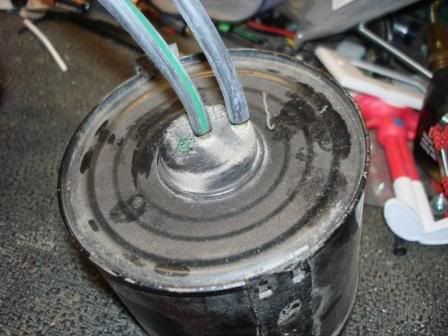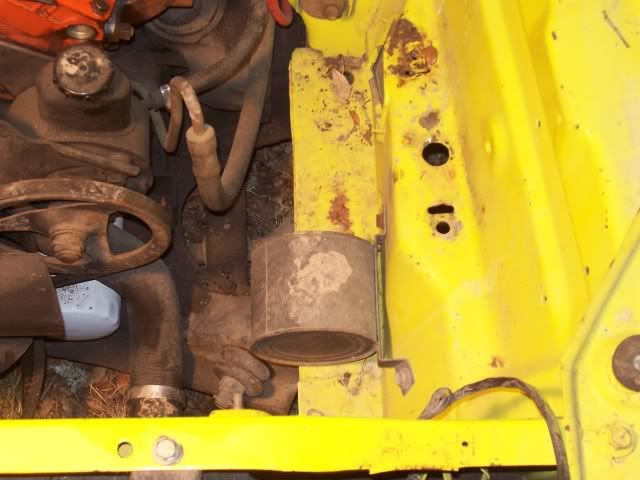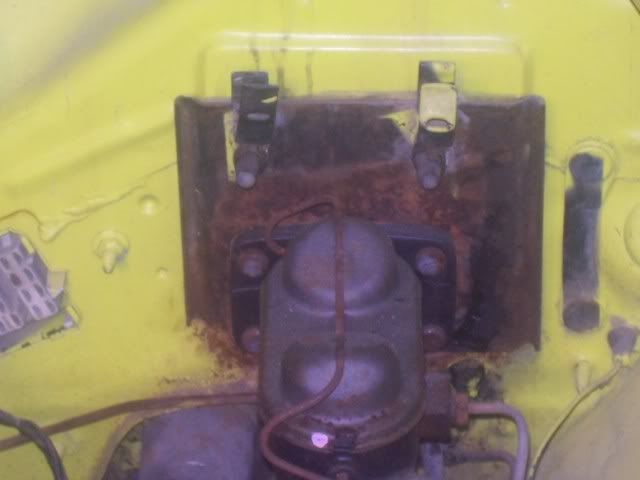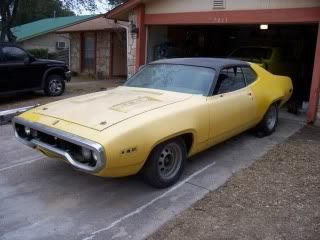Technically it's a
vacuum reservoir, it provides a more consistent level of
vacuum for the all the A/C controls regardless of fluctuations at the intake manifold during engine operation. I only correct the term because in later years there is another device that was called a
vacuum amplifier used for emission control systems. The same basic reservoir was used for other systems as well. air grabber, Dodge/Chrysler headlamp doors to name a few. The mounting brackets and nipple sizes varied some.
It seems the more actuators/controls involved in the A/C system determined the need for a reservoir. In 72' the water valve was cable controlled and did not use a
vacuum reservoir for the A/C, even with basically the same heater/
AC box, the
vacuum take-off is connected directly to the intake manifold.
See them offered on e-bay all time as "Air Grabber can", commonly have the wrong brackets however.
here's the same can with a two bracket configuration, headlamp door system I believe.











